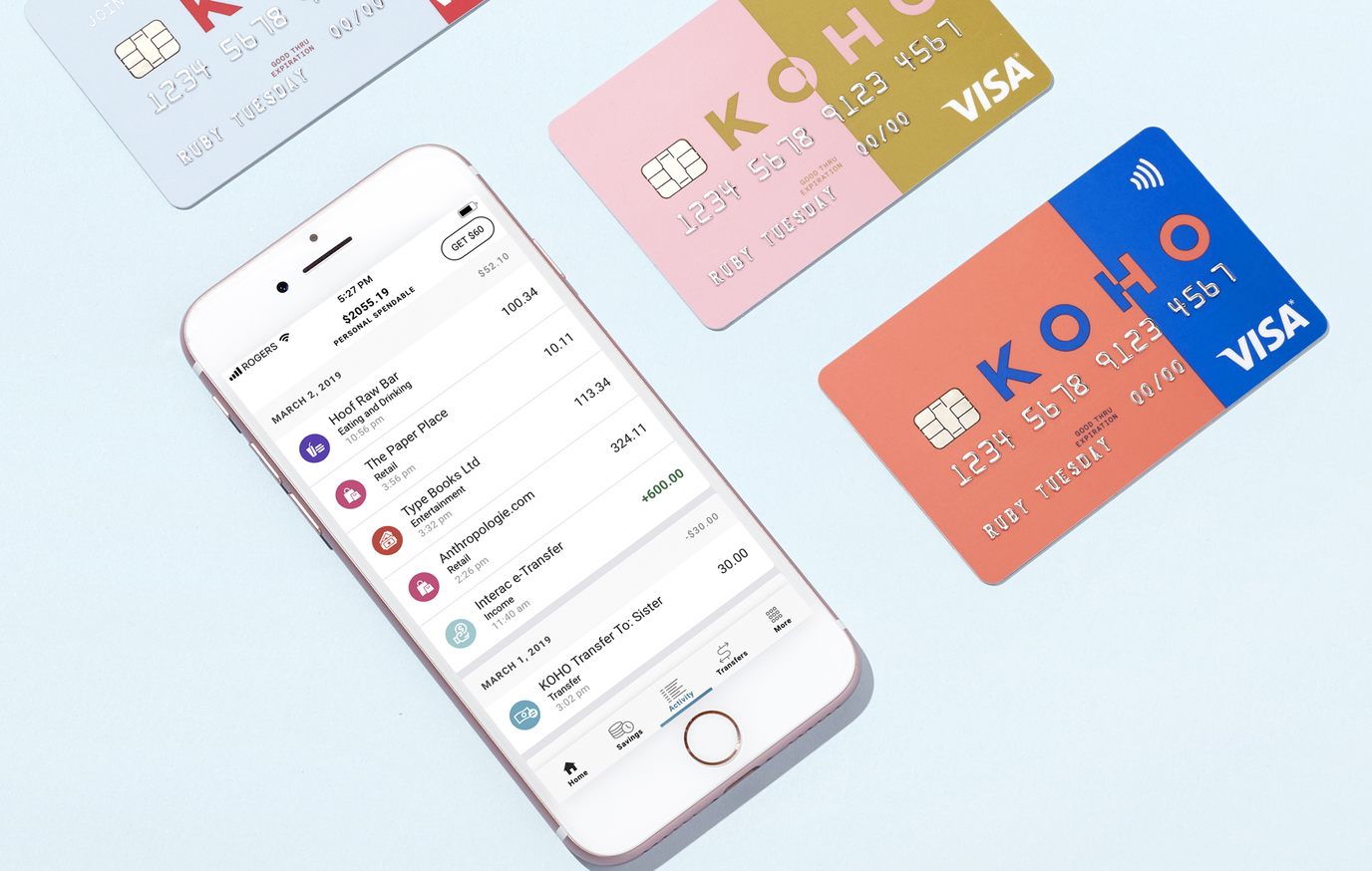Ever heard someone mention their "line of credit" and wondered what the heck they were talking about? You're not alone. Lines of credit are one of those financial products that sound way more complicated than they actually are.
Think of a line of credit like a financial safety net. It's money that's available to you when you need it, but you don't have to use it all at once. Pretty neat, right?
What exactly is a line of credit?
A line of credit is basically a pre-approved loan that you can dip into whenever you want. Your bank or financial institution gives you access to a certain amount of money. Let's say $5,000. You can borrow some of it, all of it, or none of it. It's totally up to you.
Here's the cool part: you only pay interest on what you actually borrow. So if you have a $5,000 line of credit but only use $1,000, you're only paying interest on that thousand bucks. Not the full five grand.
It's kind of like having a credit card, but usually with better interest rates and more flexibility.
Get money quickly.
How does it work?
When you get approved for a line of credit, your lender sets a credit limit. This is the maximum amount you can borrow. Think of it as your spending ceiling.
You can access your money in different ways. Some banks give you cheques you can write. Others provide a debit card. Many let you transfer money online through your banking app. Easy peasy.
As you pay back what you've borrowed, that money becomes available to use again. It's like a revolving door of cash. Borrow, pay back, borrow again if you need to. The cycle continues as long as your line of credit stays open.
Simple, speedy application.
Types of lines of credit in Canada
Not all lines of credit are created equal. Here are the most common types you'll see:
Personal Line of Credit
This is the most basic type. It's unsecured, which means you don't need to put up any collateral like your house or car. Banks typically offer these with limits between $5,000 and $50,000, depending on your income and credit score.
Home Equity Line of Credit (HELOC)
These are secured by your home's equity. Since your house serves as collateral, HELOCs usually come with lower interest rates and higher credit limits. In Canada, you can typically borrow up to 80% of your home's value minus what you still owe on your mortgage.
Business Line of Credit
Designed for business owners who need flexible access to cash for things like inventory, payroll, or unexpected expenses. These can be secured or unsecured depending on your business situation.
Student Line of Credit
Made specifically for students pursuing post-secondary education. These often come with better rates and more flexible repayment terms. Some banks even let you defer payments while you're in school.
Lines of credit vs. personal loans
This is where people get confused. Here's the deal:
A personal loan gives you a lump sum upfront. You get all the money at once and start paying it back immediately in fixed monthly payments. It's like buying a car. You get the whole thing and then make regular payments until it's yours.
A line of credit is more like a credit card. You get access to money, but you only take what you need when you need it. Your payments can vary based on how much you've borrowed.
Personal loans usually have fixed interest rates. Lines of credit typically have variable rates tied to the prime rate set by the Bank of Canada.
The Pros and Cons
The Good Stuff
You only borrow what you need, when you need it. That's flexibility at its finest. You only pay interest on what you use, which saves money. It's like having an emergency fund ready to go.
Pay it down, use it again. The revolving nature is pretty convenient. Plus, the rates are usually lower than credit cards.
The Not-So-Good Stuff
Variable rates mean your interest can go up. Though it can go down too. Easy access to money can lead to overspending if you're not careful. You need decent credit to get approved. Some lenders charge annual fees or transaction fees.
Who should consider a line of credit?
Lines of credit work well for people who have irregular income, like freelancers or seasonal workers. They're great if you want a financial safety net for emergencies. Perfect for ongoing expenses that vary month to month.
Planning a home renovation with uncertain costs? A line of credit could be your friend. Want to consolidate higher-interest debt? This might help.
They're not ideal if you need a specific amount for a specific purpose, like buying a car. In that case, a traditional loan might make more sense.
How to qualify for a line of credit in Canada
Canadian lenders look at several factors when deciding whether to approve you.
Most lenders want to see a credit score of at least 650, though some may approve you with a lower score. You'll need to prove you have steady income to make payments. Lenders want to see that your total debt payments don't eat up too much of your monthly income.
Stable employment makes you look less risky to lenders. Having a history with your bank can sometimes help your application too.
Tips for using a line of credit responsibly
Having access to easy money can be dangerous if you're not careful. Here are some tips to stay on track.
Set your own limits. Just because you're approved for $10,000 doesn't mean you should use it all. Have a repayment plan ready. Don't just make minimum payments forever because interest adds up quickly.
Use it for the right reasons. Emergency expenses? Home improvements? Good choices. Daily coffee purchases? Maybe not so much.
Monitor your spending closely. Keep track of how much you're using and what for. Pay attention to rate changes since most lines of credit have variable rates. Your payments can change when the Bank of Canada adjusts interest rates.
The Bottom Line
A line of credit can be a valuable financial tool when used wisely. It offers flexibility that traditional loans can't match and can serve as a great backup plan for life's unexpected moments.
But remember this important point: just because money is available doesn't mean you have to use it. The best line of credit is often the one that sits there unused, giving you peace of mind knowing it's there if you need it.
Before applying for a line of credit, take an honest look at your financial situation and spending habits. If you think you can handle the responsibility, it might be exactly what you need to feel more financially secure.

About the author
Quan works as a Junior SEO Specialist, helping websites grow through organic search. He loves the world of finance and investing. When he’s not working, he stays active at the gym, trains Muay Thai, plays soccer, and goes swimming.
Read more about this author